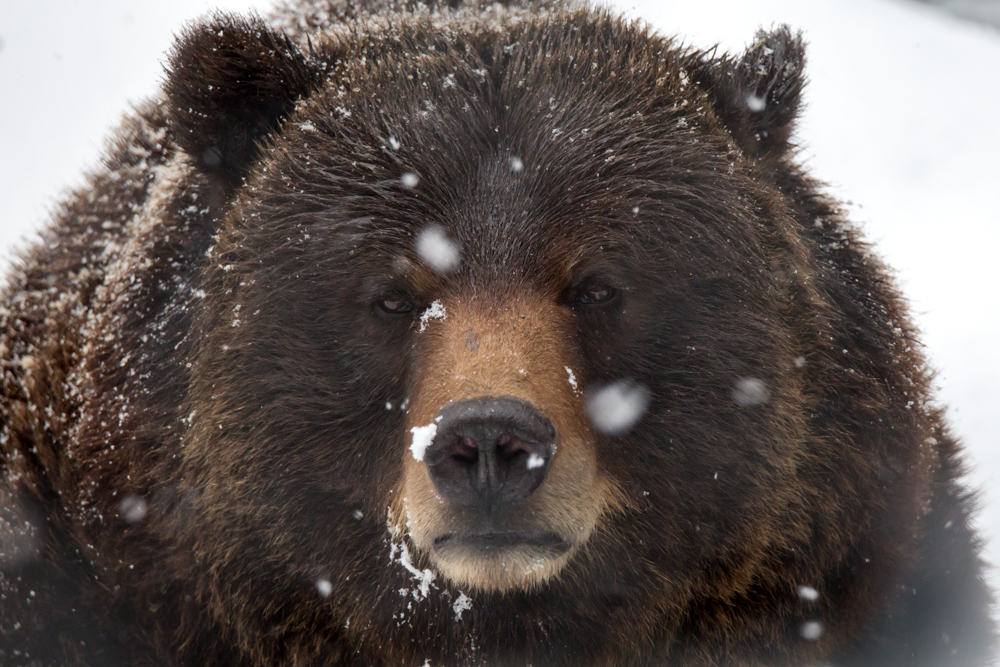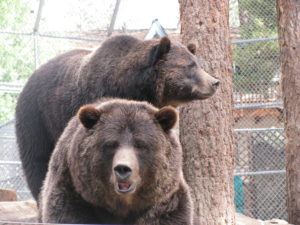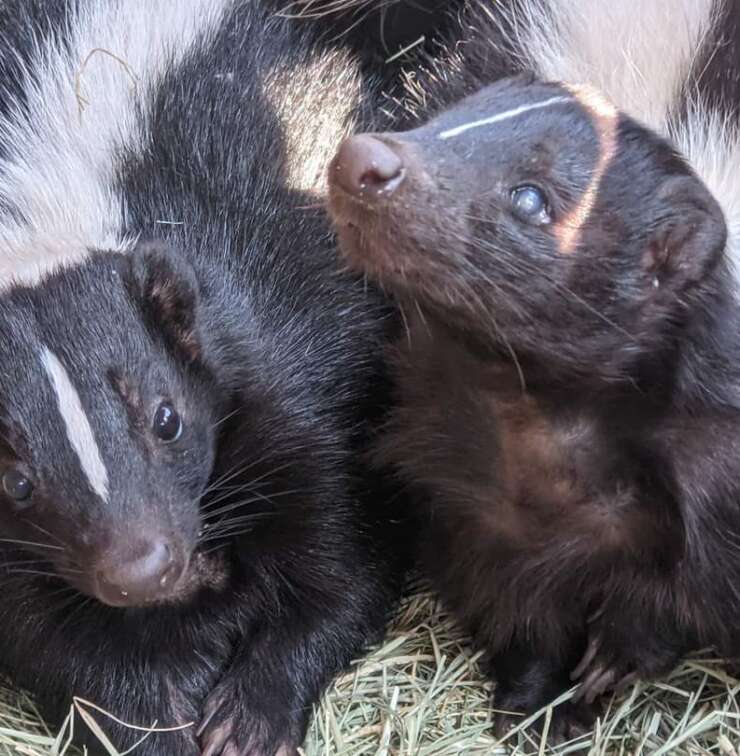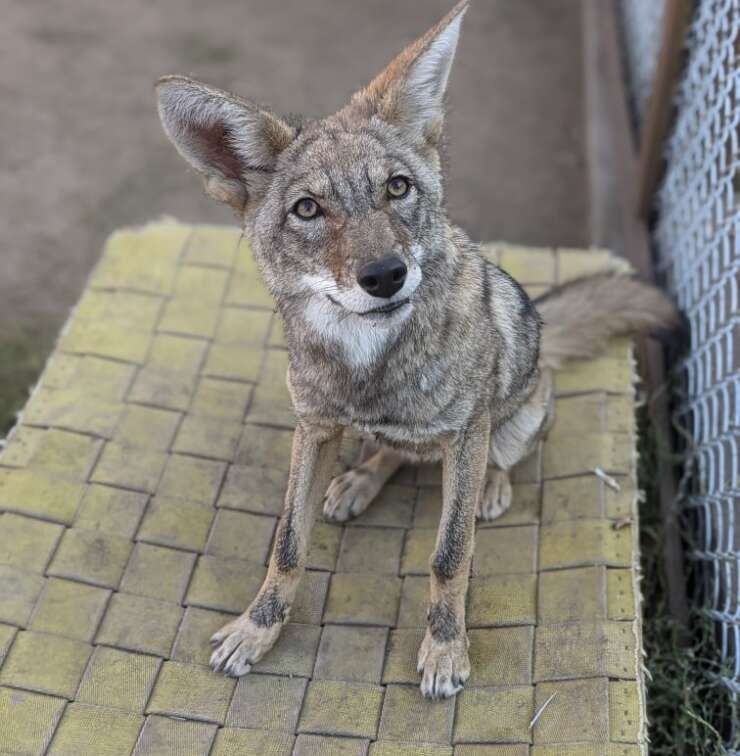 Grizzlies at the Zoo
Grizzlies at the Zoo
Ayla – arrived at our facility in 1996 with her brother Harley and Mama Tutu (deceased 2024); all 3 had been relocated to the Big Bear Alpine Zoo from the Yellowstone area after getting into several human/animal conflicts.
Harley – arrived at our facility with his sister Ayla and Mama Tutu (deceased 2024); all had been relocated to the Big Bear Alpine Zoo from the Yellowstone area after getting into several human/animal conflicts
We are very happy to have Grizzly Bears at our Zoo because Big Bear was named after them. They were hunted to extinction in the early 1900’s in the Big Bear Valley, so it’s nice that they have finally come back home where they belong.
Description
(Ursus arctos horribilis)
Grizzly bears are magnificent animals. They can be dangerous to humans, particularly if surprised or if humans come between a mother and her cubs. The male grizzly can weigh more than 1000 pounds and can stand 10 feet tall.
What does the Grizzly Bear Eat?
Grizzly bears are powerful, “apex” ( top-of-the-food-chain predators), yet much of their diet consists of salmon, trout, nuts, berries, fruit, leaves, roots and insects.
How long do they live?

25 years in the wild.
How many Grizzly Bears can be born at a time?
Typically 2-3 but 4 are possible. Females give birth during their winter rest and their offspring are often twins.
Where are they found?
Grizzlies once lived in much of western North America including the Big Bear Valley and even roamed the Great Plains. Early settlers gradually eliminated the bears from much of this range, and today only about 1,000 grizzlies remain in the continental U.S., where they are protected by law. Many grizzlies still roam the wilds of Canada and Alaska, where hunters pursue them as big game trophies.
Interesting Facts:
- Grizzlies are solitary animals but do congregate when the salmon are swimming upstream for summer spawning.
- During salmon season, dozens of bears may gather to feast on the fish, craving fats that will sustain them through the long winter ahead.
- Grizzlies are easily identified by their long, curved claws, shoulder hump and concave or dish-shaped face.
- Grizzly bears can run up to 35 mph but they can only do so for short distances. Grizzlies are sprinters, not marathon runners.
- Grizzlies, like all other bears, retreat to their den in winter, yet grizzly bears are not true hibernators. Their body temperature drops only a few degrees and breathing rate slows just slightly. What’s more, grizzlies sleep lightly and are easily awakened from their winter slumber.


